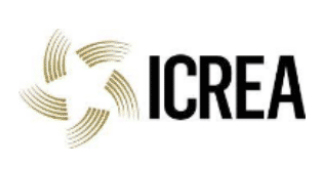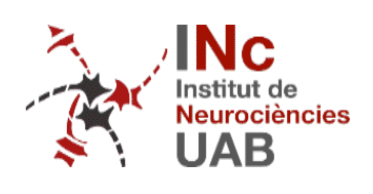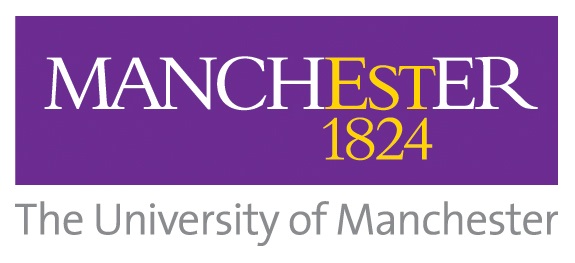bioRxiv, 2025, in press
Targeting therapeutic nanoparticles to the glioblastoma resection margin by harnessing post-operative spatiotemporal blood-brain barrier disruption
Resection surgery is the first-line therapy for glioblastoma (GBM) that is performed in >70% of patients, typically within days of suspected diagnosis. Current protocols for follow-on chemoradiotherapy have shown only modest efficacy in eliminating residual disease, leading to inevitable tumour recurrence. There remains a need for new approaches to swiftly and effectively treat post-operative residual disease to prevent the rapid early progression of recurrent GBM. Using syngeneic preclinical models of glioblastoma resection, we identified a spatially and temporally restricted window of blood brain barrier (BBB) disruption localised to the resection margin, during the immediate (15 min) and early (48-72h) postoperative periods. Intravenous administration of fluorescently labelled, clinically-used liposome nanoparticles during these periods demonstrated that selective accumulation at the postoperative resection margin, while largely being excluded from areas of the brain with an intact BBB, could be achieved. Confocal analysis confirmed the presence of extravasated nanoparticles within the margin parenchyma which largely interacted with microglial populations closely associated with residual tumour cells. Exploiting this, we performed intravenous administration of doxorubicinloaded liposomes (DOX-Lipo) coinciding with the peak of postoperative BBB disruption and demonstrated both enhanced chemotherapy delivery and consequently complete inhibition of tumour recurrence from a single administration. Overall, this work underscores the importance of timing concomitant chemotherapy to the post-operative timeframe and demonstrates that clinically-used liposomal nanomedicines could be readily repurposed for early post-operative therapy in aggressive brain tumours.








